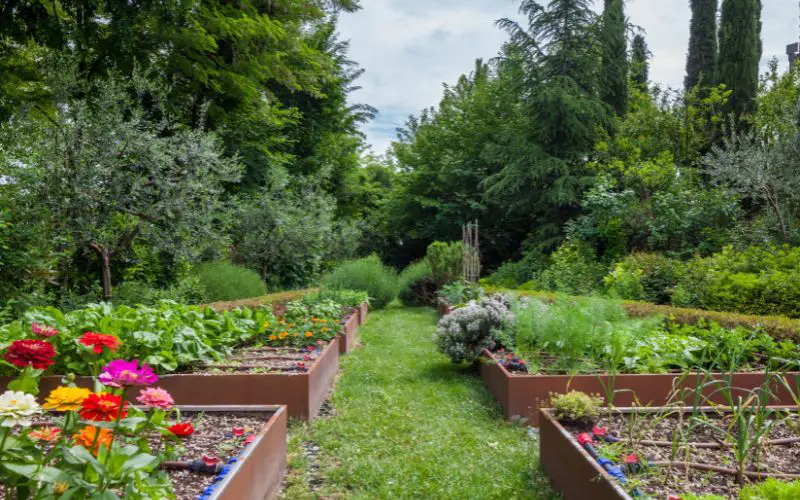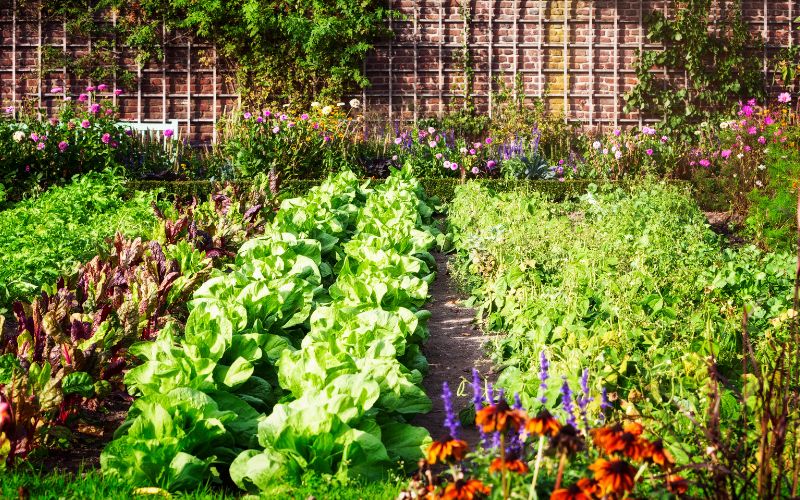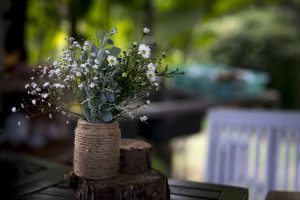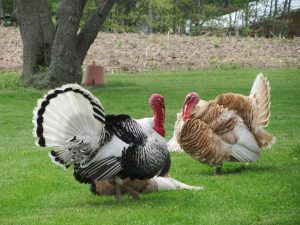If you’re new to gardening or simply want to maximize your yield, you might be wondering what the best layout for your vegetable garden is.
Growing your own vegetables is a rewarding experience that can save you money and ensure you’re getting the freshest, most nutritious produce possible.
But before you can start reaping the benefits of your own home-grown veggies, you need to plan out your garden.
Your best vegetable garden layout will depend on a number of factors, including the size of your garden, the types of vegetables you want to grow, and the climate you live in. To get the most from your vegetable patch you’ll need to work with your existing space and maximise sunlight levels.
The size of your garden
The first thing to consider is the size of your garden.
If you have a small yard or patio, you may want to consider planting in containers or raised beds.
For larger gardens, traditional in-ground planting is usually the way to go.
Once you’ve decided on the type of garden you’ll be planting, it’s time to start thinking about layout.
If you have a large space, you might want to consider planting in rows.
This will give each plant enough room to grow and will make it easy for you to tend to your crops.
You can also consider planting in raised beds, which can help improve drainage and prevent pests and diseases from spreading.
If you have a small space, on the other hand, container gardening might be a better option.
This way, you can move your plants around as necessary to ensure they’re getting enough sun and water.

The types of crops that you want to grow
Next, think about the types of vegetables you want to grow.
Some vegetables, such as tomatoes and peppers, need a lot of sun, while others, such as lettuce and spinach, prefer shady conditions.
Knowing this will help you determine where to place each type of plant in your garden.
For example, if you want to grow tomatoes but don’t have a lot of sunny space in your yard, you could put them on a trellis or in a hanging basket so that they get enough light.
Sunlight levels and climate
Most vegetables need at least six hours of direct sunlight per day in order to thrive.
If you live in an area with long winters and short summers, you’ll need to choose plants that can tolerate frost and cold weather.
Alternatively, if you live in a hot climate, make sure to choose vegetables that can withstand high temperatures without wilting.
If possible, plan to place your garden in an area that gets full sun all day long.
Second, think about water access. Your vegetables will need to be watered regularly, so it’s important to have a water source nearby.
If you’re using raised beds or containers, you may be able to get by with hauling water from a nearby hose or spigot.
For larger gardens, you may need to install a drip irrigation system or sprinkler system to ensure that your plants get the water they need.
Final Words
There is no one-size-fits-all answer when it comes to choosing the best layout for your vegetable garden.
The right choice for you will depend on factors like the size of your garden, the types of vegetables you want to grow, and the climate you live in.
However, by taking these factors into consideration, you’ll be able to choose a layout that will help you maximize your yield and produce healthy crops all season long.
Read Next
Do carrots grow well in clay soil?
Can I use garden soil in pots?
When should you start a garden?
- Year-Round Outdoor Living: Durable Garden Furniture for All Seasons
- Wow Your Neighbors with These Creative Garden Décor Ideas
- Why you should have night vision goggles for camping
- Why Garden Wildlife Matters: Understanding the Importance of Biodiversity in your Backyard
- Why do turkeys puff up?
- Why do tents get wet inside?










